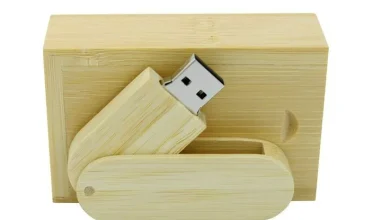Reading the Earth’s Hidden Signals: How Geophysical Equipment Maps the Unseen World

Have you ever wondered how scientists uncover what lies beneath the surface of the Earth—without ever picking up a shovel?
It’s not magic. It’s geophysics— the science of sensing and interpreting physical data from the ground. And at the heart of this discipline lies a suite of powerful tools known as geophysical equipment.
Let’s take a journey into the underground, where technology turns the invisible into the knowable.
The Earth Speaks in Frequencies—We Just Learned to Listen
From the soft rumble of a seismic wave to the magnetic whispers of buried ore, the Earth constantly emits signals. These natural clues are invisible to the naked eye, but geophysical instruments can detect and translate them.
Some core technologies include:
- Ground Penetrating Radar (GPR): Sends radio waves into the ground and reads the echoes. Useful for archaeology, utility detection, and forensic work.
- Electromagnetic Induction Devices (like EM-31, EM-38, EM-61): Measure conductivity to reveal metal objects, groundwater flow, or contamination.
- Seismic Sensors (Geophones and Seismographs): Capture vibrations caused by man-made or natural activity to assess soil layers or fault lines.
- Resistivity Meters: Inject electrical current into the earth and measure resistance—ideal for detecting groundwater, cavities, or different rock types.
Each instrument is like a translator, helping us understand what lies below without ever disturbing the surface.
Real-World Applications That Might Surprise You
Geophysical methods are no longer limited to oil exploration or large-scale mining. Today, they play a vital role in:
- Environmental site assessments before construction projects.
- Detecting buried infrastructure like old pipelines or septic tanks.
- Locating unmarked graves or historical artifacts for archaeological studies.
- Evaluating sinkhole risks in vulnerable terrains.
- Tracking groundwater movement to support sustainable water use.
In short, geophysical data informs smart decisions. It reduces guesswork, saves time and money, and minimizes environmental impact.
What Makes Modern Geophysical Equipment Unique?
Modern tools are compact, more accurate, and often integrated with GPS systems and data visualization software. Field scientists can now collect, model, and interpret subsurface data in real time—sometimes even wirelessly syncing findings to cloud platforms.
These innovations not only improve productivity in the field, they also expand who can use the equipment effectively—making geophysics more accessible across industries.
Wrapping Up
Whether you’re conducting a detailed environmental investigation, searching for underground utilities, or planning a construction project, understanding what’s below the surface is critical. With advancements in geophysical equipment, the underground is no longer a mystery—just another layer of data waiting to be explored.
If you’re curious about the tools scientists, engineers, and surveyors use to reveal what lies beneath, it’s worth diving deeper into the world of geophysical exploration. The ground beneath your feet may be trying to tell you something




